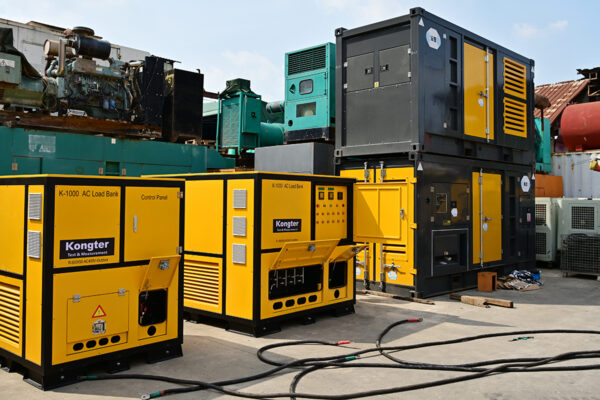There are various test regulations and industry standards that may apply to AC load bank testing, depending on the specific application and the equipment or systems being tested. These regulations and standards are designed to ensure the safety, performance, and compliance of load bank testing in different industries and sectors. Some of the key regulations and standards for AC load bank testing include:
IEEE 1547: This standard provides guidelines for testing distributed energy resources, including the use of load banks to verify the performance and safety of these resources when connected to the grid.
IEEE 112:
IEEE 112.3: This standard covers performance testing of dynamic UPS systems. It includes procedures for using resistive load banks to test UPS systems under various load conditions.
IEEE 112.5: Focuses on the performance testing of static UPS systems. It provides guidelines for testing UPS systems, including the use of load banks.
NFPA 110: This standard from the National Fire Protection Association (NFPA) focuses on the installation, maintenance, and testing of emergency and standby power systems, including generators. It may reference load bank testing for these systems.
ISO 8528: Part of the ISO 8528 series of standards for reciprocating internal combustion engine-driven alternating current generating sets, ISO 8528-10 specifies the requirements for load acceptance test procedures for these generating sets.
IEC 62040: This International Electrotechnical Commission (IEC) standard addresses uninterruptible power systems (UPS) and specifies performance and test requirements. It may include recommendations for load bank testing of UPS systems.
UL 1008: This standard from Underwriters Laboratories (UL) addresses the safety requirements for transfer switches. Load bank testing may be required for these switches to ensure proper operation during load transfer.
MIL-STD-704: This military standard sets requirements for aircraft electrical power systems. Load bank testing is used to validate the performance and compliance of these systems.
NEMA MG 1: The National Electrical Manufacturers Association (NEMA) Motor and Generator Section provides standards that may apply to load bank testing of motors and generators.
Manufacturer’s Recommendations: Many load bank tests follow the manufacturer’s instructions and recommendations specific to the load bank equipment being used. Manufacturers often provide guidelines for proper testing procedures, maintenance, and safety precautions.
Local and National Electrical Codes: Depending on the location and application, local and national electrical codes and regulations may dictate the requirements for load bank testing to ensure safety and compliance.
When conducting AC load bank testing, it is essential to consult the relevant standards and regulations specific to your industry and application. Complying with these standards helps ensure the safe and accurate testing of power sources, generators, UPS systems, and other electrical equipment. Additionally, adherence to these standards is often necessary for regulatory compliance and safety certification.
Kongter is dedicated to a whole series customized AC load banks from small to huge container types to meet different standards and regulations for AC load test. Feel free to contact us for any enquiry.

